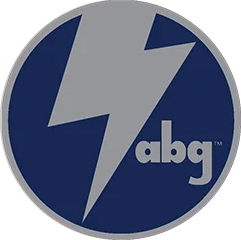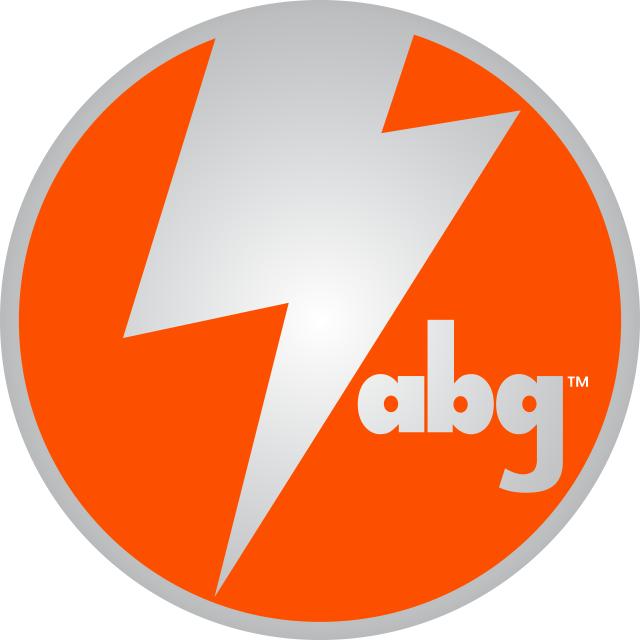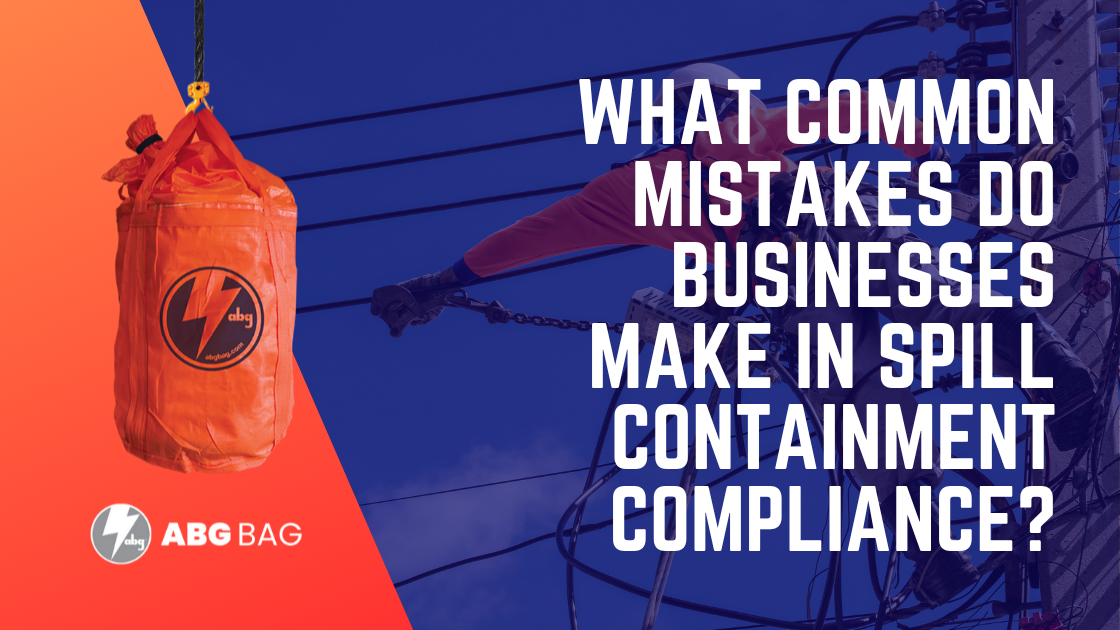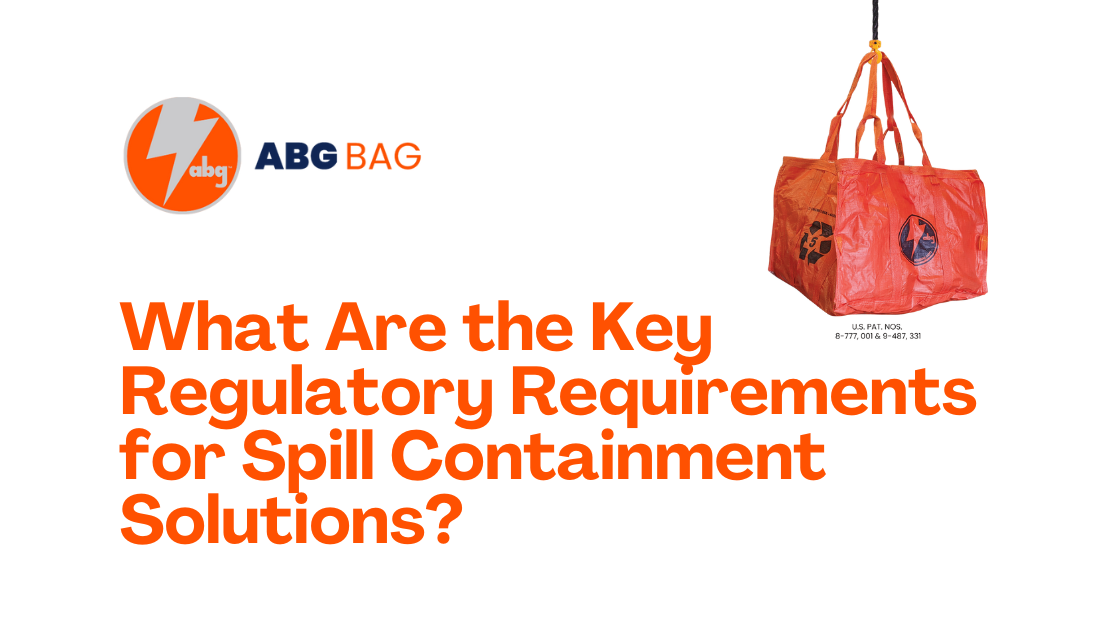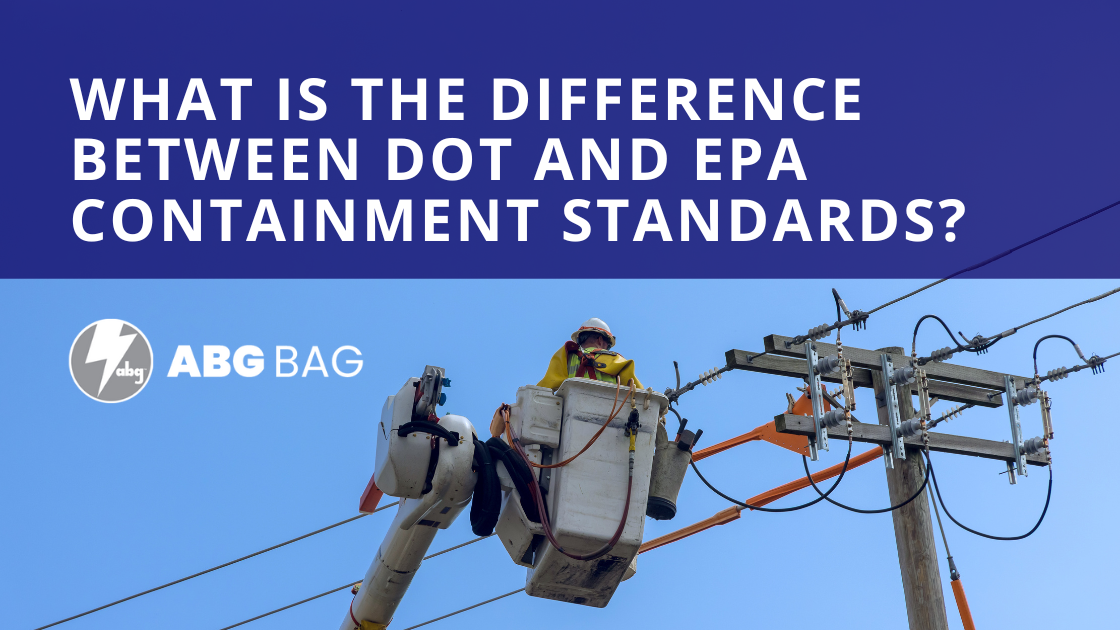
What Is the Difference Between DOT and EPA Containment Standards?
When it comes to managing hazardous materials, oils, and transformer fluids, compliance with federal containment standards is not optional—it’s essential. Two key regulatory agencies, the Department of Transportation (DOT) and the Environmental Protection Agency (EPA), define how containment systems should be designed, tested, and used to protect people and the environment.
While both organizations share the same goal—preventing spills and leaks that could cause harm—their focus areas and enforcement mechanisms differ. Understanding these differences helps organizations select the right containment solutions for both stationary and transport applications.
Understanding the Core Purpose of DOT vs. EPA Containment Standards
The EPA Containment Solutions framework governs stationary facilities—locations where oil, chemicals, or other regulated materials are stored or used. The EPA’s focus is on spill prevention and environmental protection at fixed sites such as substations, power plants, or industrial yards. In contrast, DOT Containment Solutions focus on safe transportation of hazardous materials. These standards ensure that materials being moved—by road, rail, or air—are properly packaged, sealed, and contained during shipment.
Together, the two agencies provide a complete containment lifecycle: from storage and use (EPA) to transport and handling (DOT). For a detailed overview of how these two agencies’ regulations interact, visit Understanding DOT And EPA Rules For Containment Products.
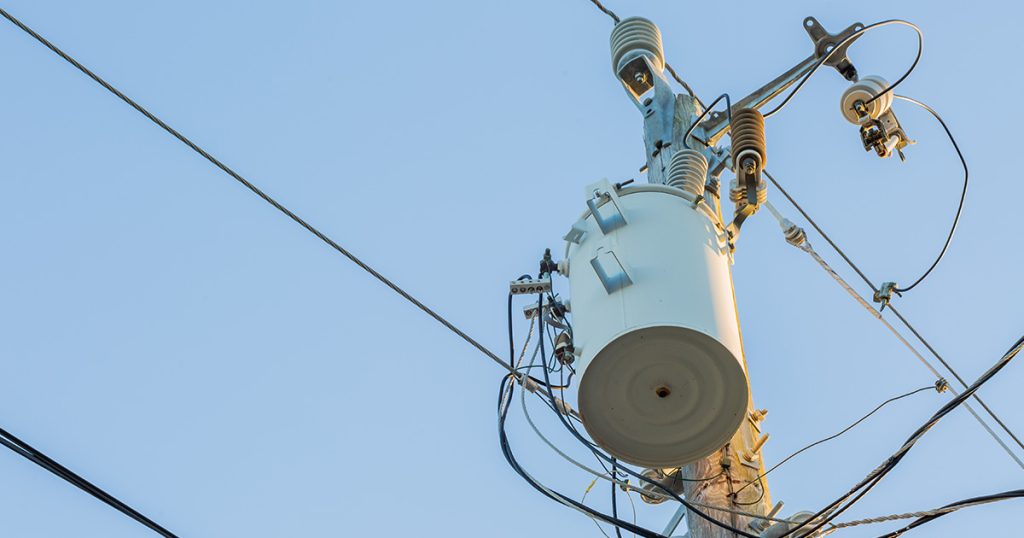
EPA Containment Standards: Stationary Protection
EPA containment regulations are primarily governed by the Spill Prevention, Control, and Countermeasure (SPCC) Rule, found in 40 CFR Part 112. These requirements apply to facilities that store significant quantities of oil or hazardous substances.
Key Components of EPA Containment Solutions
- Secondary Containment Capacity
The EPA requires containment systems to hold at least 110% of the largest container’s volume at a facility. This ensures that even in the event of a total tank or equipment failure, spills can be fully captured before they reach soil or waterways. - Material Compatibility and Durability
Containment materials must be chemically resistant to the substances they hold. For instance, Transformer EPA Containment systems are built with durable polymers that resist oil degradation and UV exposure. - Inspections and Recordkeeping
Facilities must routinely inspect containment areas for cracks, corrosion, or damage. EPA also mandates documentation of inspections, maintenance, and employee training to verify compliance. - SPCC Plans
Facilities must have a certified Spill Prevention, Control, and Countermeasure (SPCC) plan in place that outlines preventive measures, inspection procedures, and emergency response actions.
For power utilities and industrial sites, Transformer spill containment systems—such as flexible liners, berms, or containment bags—are crucial for meeting EPA requirements and protecting the environment.
DOT Containment Standards: Safe Transport of Hazardous Materials
The Department of Transportation (DOT) regulates the packaging and transportation of hazardous materials under 49 CFR Parts 171–180. These rules ensure that hazardous substances are properly secured during shipment to prevent leaks, ruptures, or contamination.
Key Components of DOT Containment Solutions
- Performance-Based Packaging
DOT regulations require packaging to meet strict performance criteria for strength, leak resistance, and impact durability. DOT hazmat containment bags and Transformer DOT Containment products are designed to pass drop, pressure, and vibration tests under real-world transport conditions. - Labeling and Documentation
Every shipment must include the correct UN identification number, hazard class, and shipping name. Clear labeling and proper documentation ensure traceability and compliance during audits or inspections. - UN-Compliant Containment Bags
For international or interstate transport, UN-compliant containment bags are essential. These bags meet rigorous testing standards recognized by both DOT and global regulatory bodies, providing confidence that materials are safely contained in any environment. - Hazardous Material Transport Containment
Proper hazardous material transport containment systems prevent spills during handling, loading, and unloading. This includes everything from chemical drums to oil-filled transformers in transit.
The DOT’s containment focus ensures public and environmental safety throughout the logistics chain, minimizing risks associated with transporting dangerous or corrosive materials.
TSCA and PCB Regulations
In addition to DOT and EPA rules, the Toxic Substances Control Act (TSCA) governs the use, handling, and disposal of polychlorinated biphenyls (PCBs)—a chemical often found in older transformers and electrical equipment.
TSCA containment solutions must be used for storing, transporting, or disposing of PCB-containing materials. These specialized containment products provide chemical resistance and environmental protection that meet 40 CFR Part 761 requirements.
Failure to comply with TSCA regulations can result in significant penalties and remediation costs. For utilities or energy providers, using compliant containment solutions is a vital part of managing environmental responsibility.
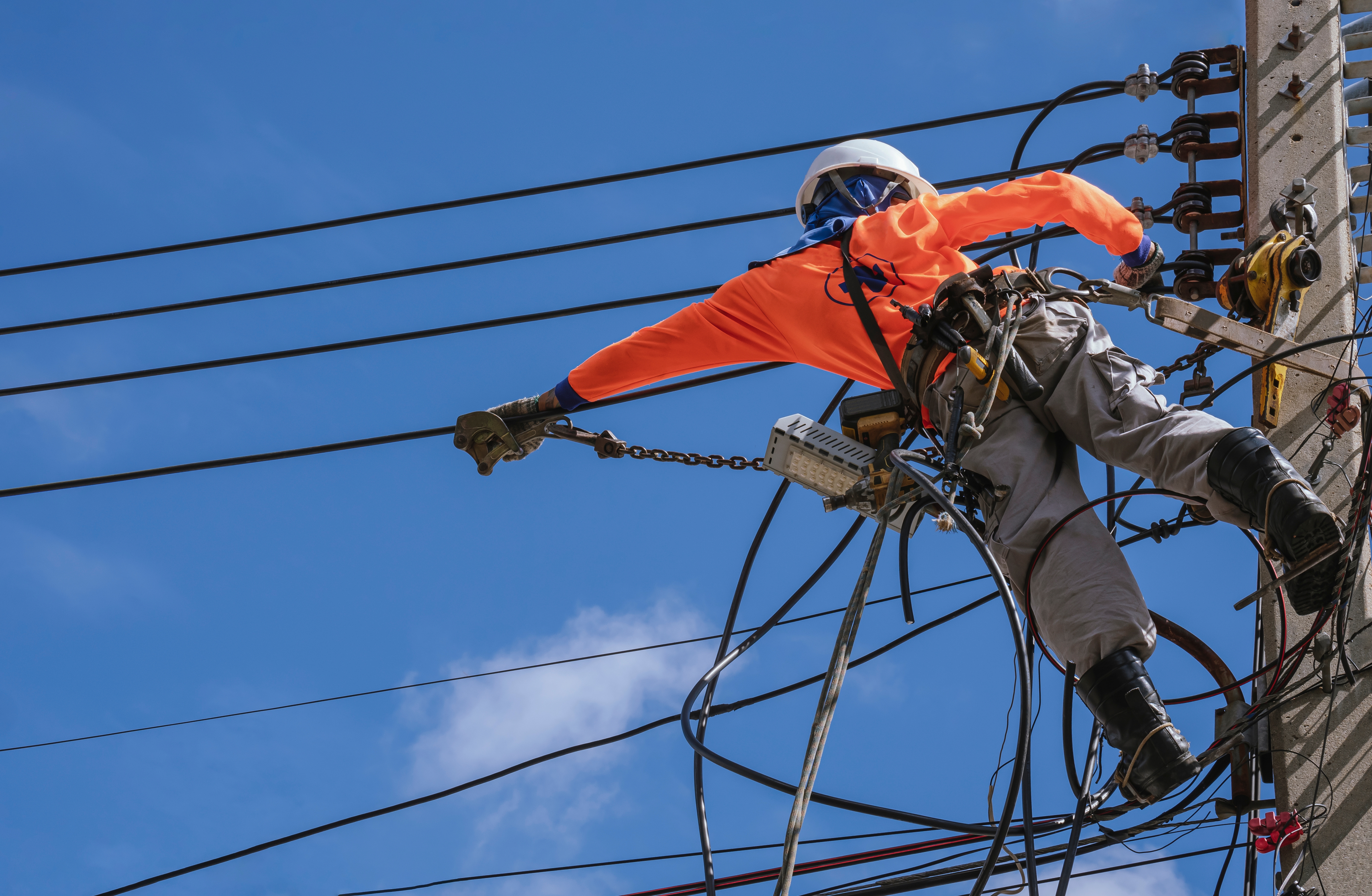
How EPA and DOT Standards Work Together
Although the EPA and DOT focus on different stages of containment, their requirements are complementary. The EPA ensures spills don’t reach the environment during operation, while the DOT ensures spills don’t occur during movement.
Here’s how they align in practical use:
- EPA Containment Solutions protect the environment at stationary locations such as substations, maintenance yards, and power plants.
- DOT Containment Solutions safeguard materials in transit—ensuring containment integrity during shipping or field deployment.
- TSCA containment solutions bridge both standards by regulating hazardous materials that may require specialized containment under multiple federal rules.
- Utility spill containment products—like transformer containment bags, flexible berms, or liners—can often serve dual purposes when engineered to meet both DOT and EPA criteria.
For a detailed overview of how to meet each agency’s containment requirements, explore A Complete Guide To Regulatory Spill Containment Solutions.
Why Compliance Matters
Adhering to DOT and EPA containment standards is not just about avoiding fines—it’s about protecting employees, communities, and ecosystems. Non-compliance can result in costly cleanups, equipment downtime, and reputational damage.
Choosing certified Transformer EPA Containment, Transformer DOT Containment, and UN-compliant containment bags ensures that your organization meets or exceeds federal containment expectations. These products also simplify inspections, reduce environmental risk, and enhance workplace safety.
Whether you’re a utility company, manufacturer, or industrial contractor, implementing the right containment strategy demonstrates environmental responsibility and operational excellence.
Partner with ABG BAG, INC. for Compliant Containment Solutions
ABG BAG, INC. provides a complete line of EPA Containment Solutions, DOT Containment Solutions, and TSCA containment solutions engineered for full regulatory compliance. From Transformer spill containment products to hazardous material transport containment, every solution is built for durability, chemical resistance, and long-term reliability.
To speak with a containment specialist or request a quote, call 800-758-8079 or send a message through the website. Our team can help you select the right containment products to keep your operations safe, efficient, and compliant under DOT, EPA, and TSCA regulations.
Do You Have Questions?
For inquiries about our products, order status, or any other information related to ABG, send us a message, and we will respond soon.
Sales & Customer Care
Product Questions



